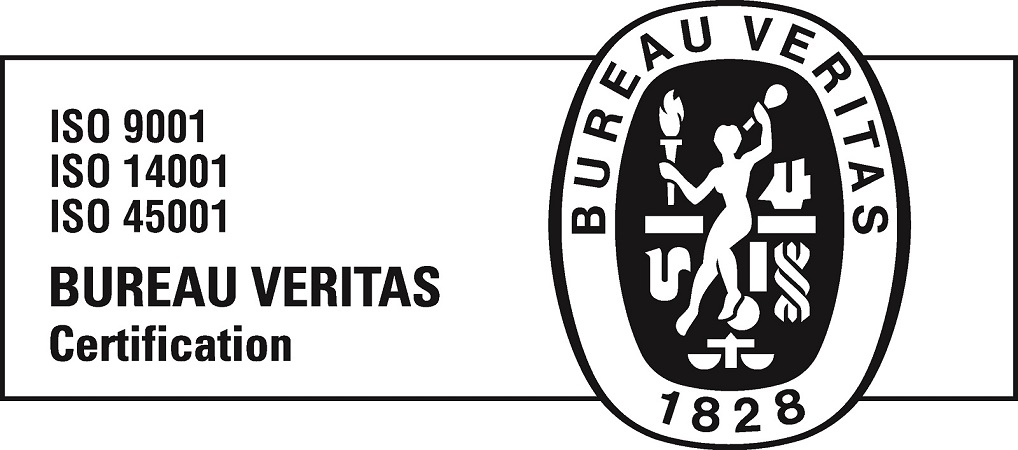




© 2023 RDS. All rights reserved. Designed and developed by delefant
ISO 45001 is the international standard for occupational health and safety management systems This standard aims to protect workers and visitors from occupational accidents and diseases.
In other words, it is a tool that tries to help organisations and companies in the management of risks and opportunities in the prevention of any type of accident or problem at work.
ISO 45001 represents a ground-breaking framework, as for the first time, any organisation of any size will be able to access a single framework.
This Occupational Health and Safety Management System consists of 10 clauses.
Clause 1: Scope
It sets out the requirements and expected results of the System.
Clause 2: Normative references
Focused on the maintenance of the structure with other ISO standards
Clause 3: Terms and definitions
Ranked according to their relevance for the implementation of the standard. Importance of their review and knowledge for the requirements of the standard.
Clause 4: Context of the organisation
45001 provides a systematic approach for top management to assess risks and opportunities, monitor and review safety performance and set targets for improvement in the environment of the organisation’.s activities
Clause 5: Leadership and worker involvement
It is the top management that establishes and ensures that a system of worker participation and consultation is in place and functioning. In other words, it is responsible for promoting a culture of security.
Clause 6: Planning
It is divided between:
Assessment of OSH risks and other management system risks.
Assessment of OSH and other management system opportunities.
Clause 7: Support
In ISO 45001 communication assumes a special relevance as it is divided into awareness, internal communication and external communication.
Clause 8: Operation
This standard introduces new sub-clauses such as those on recruitment or change management.
Clause 9: Performance evaluation
The management review has to take into account consultation and participation, planning, hazard identification, risk assessment and operational control.
Clause 10: Improvement
The Occupational Health and Safety Management System is dynamic. It should be under continuous review and continuous improvement, always based on a proactive organisational culture.
Positions the organisation as a leader in its sector
It positions itself in front of customers and employees at the forefront of policies and procedures that ensure safety in the workplace.
Therefore, certification to this ISO standard has a globally recognised level of excellence It also helps organisations to differentiate themselves from their competitors.
Improve productivity and efficiency
Having such a system in place reflects the organisation’s responsibility and commitment to risk management. Having a strong and consistent system means that the organisation is efficient in different areas.
Increases return on investment
Having this safety system in place means a return on investment, as staff efficiency is improved and workplace injuries and incidents are reduced.
Preventive and proactive approach
Proactive security is recognised as an essential principle in sustainability.
The old OHSAS 18001 standard was concerned only with controlling known risks, whereas ISO 45001 asks organisations to proactively identify those sources of risks and the factors and elements that can cause harm to workers.
In this way, it succeeds in creating safe and sustainable working environments in the long term.
Complies with legislation
One of the most notable benefits of ISO 450021 is that it complies with current regulations. In this way, the organisation manages to eliminate the possibility of fines and sanctions.
In order to obtain the ISO 45001 certificate, it is essential that the organisation has been previously audited by a certification company.
This audit shall demonstrate that the organisation has a management system in place that complies with the requirements of this standard.
Do you want to know more? From Grupo RDS we inform you and solve your doubts.